ASRock Core 100HT-BD : Bringing HTPCs to the Mainstream Market [UPDATED : Noise Issue]
by Ganesh T S on July 19, 2010 9:34 PM EST- Posted in
- Home Theater
- Arrandale
- ASRock
- Media Streamer
- Core i3
- HTPC
Most users of the Core 100 HT-BD will probably not need to play around with the BIOS. That said, the unit carries the AMI L1.32 BIOS, and does provide a good set of features for the enthusiasts to play around with.
First off, we have the OC Tweaker option, which has more features compared to the overclocking Windows utility that ASRock supplies. There is a Turbo30 option to increase the system performance in a transparent manner. In our testing, we found that overclocking doesn't deliver any improvement for HTPC workloads, so we didn't test this aspect too much. One point of note is that the GPU easily overclocks to 900 MHz from the stock 667 MHz. This improved the Windows Experience Index score sometimes (depending on the Intel graphics driver version).
In the 'Advanced' section of the BIOS, most users would be interested in the Instant Flash utility which enables BIOS updates from a flash driver without booting into Windows. Of more usefulness is the 'Good Night LED' feature which turns off the really bright blue LED in the front when the unit is in 'Standby' mode.
The 'H/W Monitor' section allows one to modify the CPU and chassis fan settings. The default 'Auto' option worked very well, and managed to keep the unit idling around 45C. The BIOS page seemed to always indicate a higher temperature compared to the Windows utility. On booting into the OS and entering into 'Idle' mode, the power saving options kick in, bringing down the temperatures.
The Boot section allows you to choose the boot device and boot order. Booting from USB devices is indeed possible, but the menu entry in the BIOS appears only if the USB device is connected to the unit.


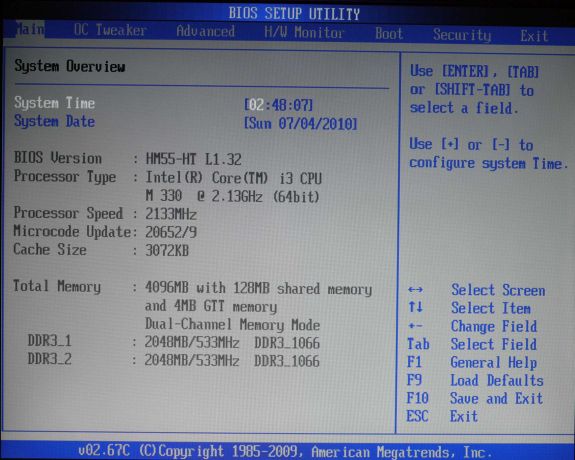
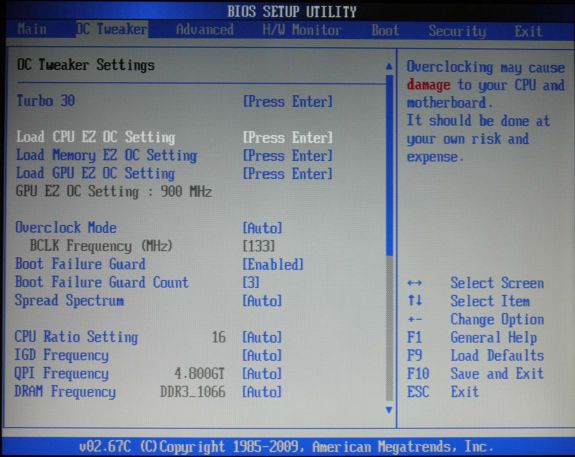
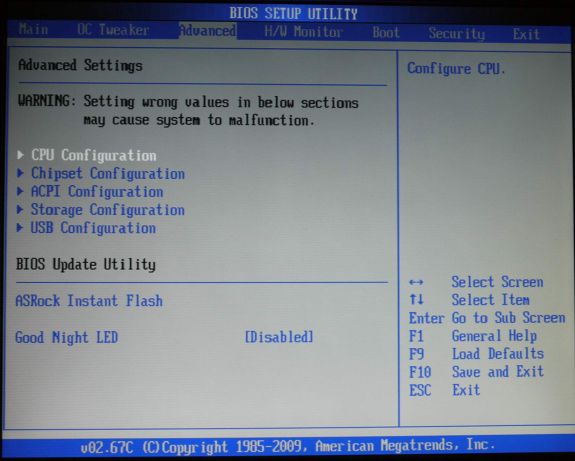
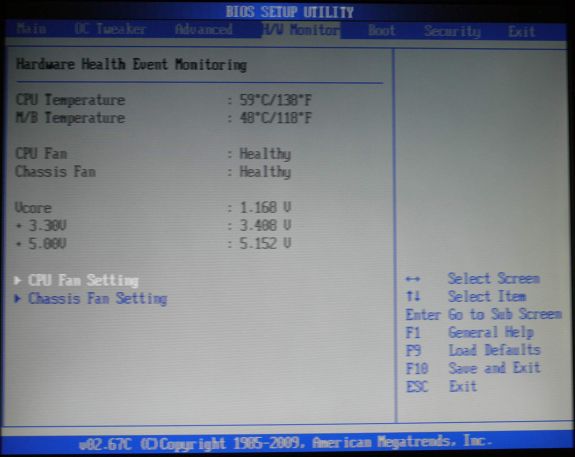
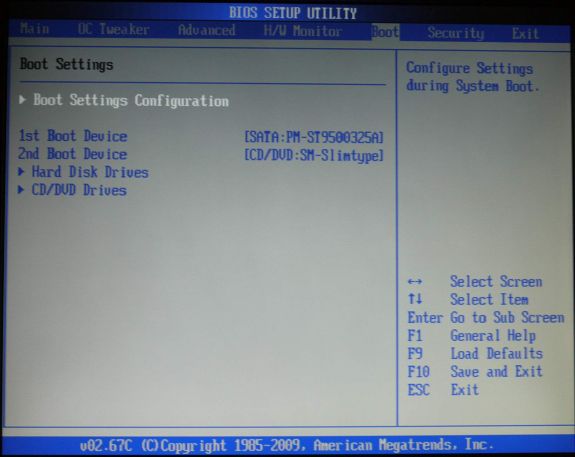








107 Comments
View All Comments
GreeneEyez - Tuesday, July 20, 2010 - link
Have fun bitstreaming HD audio from the Mac Mini or playing back Blu ray disks/ISOs...ganeshts - Tuesday, July 20, 2010 - link
GeorgeH,It is not possible for any home built mini-ITX box to be within the power envelop of this unit.
This uses an Arrandale processor which isn't available for purchase by the general public.
Further, as you rightly observe, the MacMini has worse specs, but looks better. Companies like ASRock provide the best bang for the buck, and in this pursuit, industrial design takes a back seat. However, things are going in the right direction, and I am sure the execution next time around will be much better from all perspectives.
softdrinkviking - Tuesday, July 20, 2010 - link
i need a tv tuner in or connected to my htpc.you say that the 100HT-BD's chipset cannot support an internal TV tuner, but that it has a smaller power envelope than a chipset which can.
in that case, you would also have to factor in the extra power used by your external TV tuner box.
you would also have to compare the cost of that box versus the cost of a tuner card.
if all things are equal (you break even), then the all-in-one solution (a beefier htpc) would be the obvious choice.
tmservo - Tuesday, July 20, 2010 - link
As others mention, since the MacMini doesn't do Bluray, and doesn't bitstream DTS-MA or DD-HD, it's not really a great HTPC. It's LPCM support also troubled, and it doesn't matter since it doesn't do Bluray. The MacMini simply isn't a very good HTPC at all. It might compete against something like an ION.. except you can get an ION with BD at 1/2 the price. Apple has to give up rejecting the "bag of hurt" that is bluray, because as long as they keep their phobia of it, they aren't in the HTPC market at allComputer Bottleneck - Tuesday, July 20, 2010 - link
It will be interesting to see your future evaluation of the AMD IGP in the HQV 2.0 benchmark.As far as this product goes I really liked reading your technical explanation of how Asrock integrated what is basically a laptop mainboard into the Mini-ITX form factor.
alaricljs - Tuesday, July 20, 2010 - link
Can I suggest in that HTPC centric features chart that under SPDIF you specify optical/copper instead of just yes/no?ganeshts - Tuesday, July 20, 2010 - link
Thanks for your suggestion, alaricjls.The SPDIF is optical, and I will update the article shortly.
dbone1026 - Tuesday, July 20, 2010 - link
Hey Ganesh,Excellent job with the review. Honestly I am surprised by some of the comments regarding an expansion slot, which to me defeats the whole purpose of ASRock making this HTPC in such a small form factor. Aside from USB tuners I know many people who use network tuners (i.e HDHomeRun) so in many cases there is no need for any sort of internal tuner. If want to strap on multiple tuners then why not just a MicroATX or ATX case as that is not the intention of this ASRock..
I honestly think the biggest challenge with the ASRock 100HT is the price. Newegg has it listed at $649 (without BR drive) and no O/S. The mini-ITX HTPC I built which was only slightly larger and was easily $100 less with better specs (using core i5). Hopefully we start seeing prices drop soon.
jabber - Tuesday, July 20, 2010 - link
I've been rolling out the dual core Atom ones for small office/home PCs. The customers love them over the old big black/grey boxes.Low power and small desk presence are a big win.
Very nicely made too.
Built about sixteen of them and not one issue so far.
erictorch - Tuesday, July 20, 2010 - link
The core i3-330m processor is available for ordering from www.superbiiz.comIf the reviewer reads this comment, can they comment on whether AHCI support is available in the BIOS menus? This is necessary to get the full performance out of a SSD. A lot of laptop bioses don't have AHCI selectable.